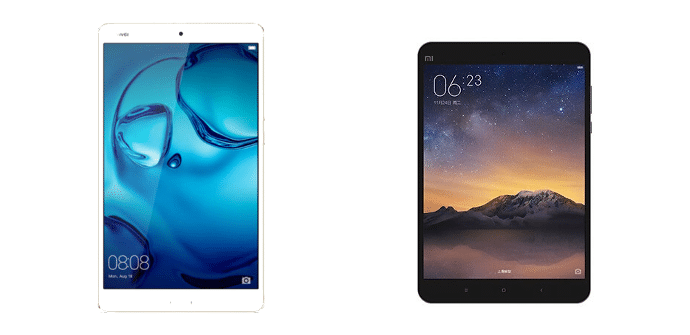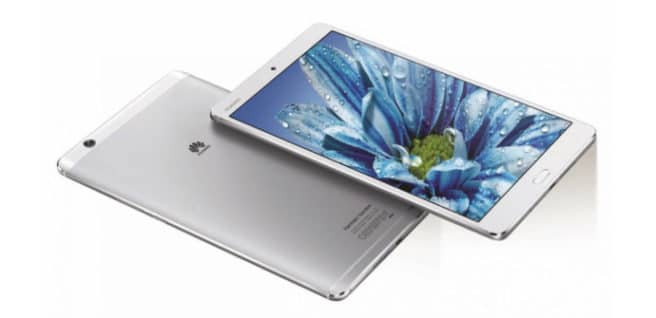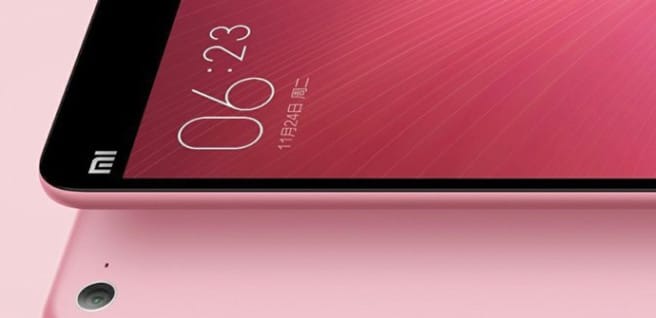
With the year coming to an end and the news about the delay in the presentation of the future Galaxy Tab S3, there is little doubt that one of the best compact tablets that will have left us is the MediaPad M3, whose potential we have already measured with the other two great 8-inch references: the iPad mini 4 and the Galaxy Tab S2. On this occasion, however, we are going to bet on a different approach and face it in this comparative with a low-cost tablet, to see what we can gain with the extra investment that it would entail compared to the popular Mi Pad 2. What does the tablet have Huawei to justify the price difference? Let's check it by reviewing the Technical specifications of both.
Integrated
Although the tablet of Xiaomi can boast of arriving with a metal casing despite its price, that of Huawei it still has a couple of extra points in its favor, such as the fingerprint reader integrated in the home button and a powerful audio system product of the collaboration with Harman / Kardon.
Dimensions
More than the difference in size, what is most striking when seeing a tablet next to the other is that the tablet of Huawei It is more elongated and, indeed, that difference in proportions is what stands out the most when comparing its dimensions (21,55x12,45 inch against 19,86x13,48 inch). It must be said, in any case, that this similarity speaks more in favor of the design of the MediaPad M3 what of Mi Pad 2, since its screen is half an inch larger. Regarding the thickness (7,3 mm against 6,95 mm) and weight (310 grams against 322 grams), as you can see, they are very close.
Screen
We have already mentioned two fundamental differences between the screens of these tablets: the first, that they use different aspect ratios (16:10, optimized for video playback, compared to 4: 3, optimized for reading), and the second, what is the size8.4 inches against 7.9 inches). However, a third must be mentioned, which is the highest resolution of the MediaPad M3 (2560 x 1600 against 2048 x 1536), which also achieves a higher pixel density (PPI 359 against PPI 324).
Performance
Although the Mi Pad 2 comes with a fairly level processor (Intel quad core to 2,24 GHz), which can stand up to that of the MediaPad M3 (Kirin 950 eight core to 2,3 GHz), the balance still leans in favor of this thanks to the fact that it has no less than double the RAM memory (4 GB against 2 GB).
Storage capacity
Another important point in favor of the tablet Huawei is the storage capacity: the MediaPad M3 not only does it offer us double the internal memory (32 GB against 16 GB), but also gives us the possibility of extending it externally through a card micro-SD.
Cameras
Although, as we always say, it is not convenient to give too much importance to the cameras when choosing a tablet, it must be said, for those who are clear that they are going to make frequent use of them, that they are tied with regard to the main one (8 MP in both cases), but that the victory is for the tablet of Huawei for what it does to the front camera (8 MP against 5 MP).
Autonomy
In the section of autonomy, however, the one that starts with advantage is the tablet of Xiaomi, with a larger capacity battery (5100 mAh against 6190 mAh) and its screen is slightly smaller and lower resolution. Nothing definitive can be said, in any case, until we have independent tests for the new MediaPad M3.
Price
The price difference between the two tablets is quite large, since the tablet of Huawei will be sold from $350 while the second can be obtained for less than $200, but as we have just seen there are several advantages in terms of hardware that can justify it.

